🌹 The History of Rose-Flavored Candy 🌹
Craving something sweet? Jump to my favorite rose-flavored candy (and candy ingredients)!
Floral candy, with its diverse array of flavors and textures, possesses the enchanting ability to transport us to different realms. Among the multitude of candy flavors, the delicate and floral taste of roses stands out as a fragrant and captivating choice. The history of rose-flavored candy is a fascinating exploration through time, filled with culinary creativity, cultural influences, and the enduring allure of this timeless bloom. Let's embark on a 1000-year odyssey to uncover the captivating history of rose-flavored candy, from its ancient origins to its modern-day popularity. Here we go!
🌹 Ancient Beginnings: The Elegance of Roses 🌹
The story of rose-flavored candy begins with the cultivation of roses, a flower with a history spanning thousands of years. Roses, known for their beauty and fragrant petals, have held a special place in the hearts of cultures across the world.
In ancient civilizations, roses were not only admired for their aesthetic qualities but also revered for their aromatic and culinary uses. Rosewater, extracted from rose petals, was used as a flavoring in various dishes, sweets, and beverages. However, the concept of incorporating roses into candy was not explored until much later in history.
🌹 The Renaissance: A Floral Resurgence 🌹
The Renaissance period in Europe marked a significant revival of interest in art, culture, and the exchange of knowledge. As trade routes expanded and exotic ingredients became more accessible, the culinary landscape began to transform.
During this era, roses found their way into the world of confectionery. Confectioners began experimenting with creating rose-flavored candies by infusing sugar syrups with rosewater or steeping dried rose petals to impart their delicate flavor and fragrance. These early rose-flavored candies were often molded into intricate shapes, inspired by the elegance of the flower itself.
One notable development during the Renaissance was the creation of rosewater pastilles. These pastilles, small and elegant confections, were made by combining powdered sugar with rosewater and sometimes other flavorings or herbs. Rosewater pastilles became a symbol of refinement and indulgence, enjoyed by the aristocracy and nobility.
🌹 The 19th Century: Sugarcraft Advancements 🌹
The 19th century witnessed significant advancements in sugar production and candy-making techniques. As sugar became more readily available and affordable, confectioners gained greater control over the flavors and textures of their sweets.
Rose-flavored candies continued to evolve during this period. Confectioners refined their techniques, experimenting with various formulations to capture the delicate essence of roses. Rose-flavored candies, often shaped like roses or other floral motifs, became a beloved treat, enjoyed for their aesthetic and sensory appeal.
🌹 The Mid-20th Century: Rose Candy's Renaissance 🌹
The mid-20th century saw the resurgence of rose-flavored candy, driven by a growing interest in nostalgic and exotic flavors. This era was marked by post-World War II economic prosperity and a desire for culinary creativity and novelty.
One iconic rose-flavored candy that emerged during this time was Turkish delight. Turkish delight, also known as lokum, is a gel-like confection made from starch, sugar, and flavorings. Rosewater was a common flavoring used in Turkish delight, imparting a subtle and fragrant sweetness to the candy. Rose Turkish delight became popular both in its native region and around the world, celebrated for its unique combination of flavor and texture.
Another significant development during this period was the creation of rose-flavored hard candies. These candies were made by boiling sugar, water, and rosewater to create a floral syrup, which was then shaped into bite-sized candies. Rose hard candies offered a delicate and aromatic sweetness, reminiscent of the gardens in full bloom.
🌹 Modern-Day Rose Candy 🌹
In the contemporary candy landscape, rose-flavored candy remains a cherished classic. Its versatility is evident in the wide range of rose-flavored confections available today, from gummies and chocolates to lollipops and macarons.
One notable trend in modern rose-flavored candy is the fusion of roses with other complementary flavors to create innovative taste combinations. For example, rose and raspberry blends offer a harmonious balance of floral and fruity notes, reminiscent of a summer garden in full bloom.
🌹 The Role of Rose Candy in Popular Culture 🌹
Rose-flavored candy, with its delicate and fragrant appeal, has played a significant role in popular culture. Its elegance and romantic associations evoke a sense of beauty and indulgence. Rose candies often appear in literature, film, and television as symbols of love and sophistication.
One notable example is the use of rose candy in romantic stories and period dramas to represent the timeless beauty of love and courtship. The delicate taste and floral aroma create a sense of romance and desire that resonates with audiences seeking a taste of elegance and passion.
Rose-flavored candies are also featured in cultural celebrations and traditions. They are often incorporated into weddings and special occasions, symbolizing the sweetness of love and unity. Rose candies are also enjoyed during springtime and floral festivals, adding a touch of fragrance to the festivities.
🌹 Petals of Sweetness 🌹
The history of rose-flavored candy reflects the evolution of taste preferences, culinary artistry, and cultural influences. From its ancient beginnings as a symbol of elegance to its modern-day presence in a variety of confections, the flavor of roses has captured the hearts and palates of generations. The romantic and aesthetic qualities of roses make rose-flavored candy a beloved choice in the world of candy. As we savor a piece of rose-flavored candy, we can appreciate the rich history and cultural significance that have made this timeless flavor a cherished favorite—a symbol of beauty, romance, and the sweet pleasures of life.
🌹 My Favorite Rose-Flavored Candy 🌹
I've tried a LOT of rose-flavored confections over the years. It's relatively hard to find rose-flavored candy in the United States, and quality varies widely -- I've tasted everything from weird soapy rose nougat to overwhelmingly perfumey rose jellies, but there are many high-quality confections that perfectly capture the delicate flavor of rose petals. Here are some links to my favorite rose-flavored candies and candy ingredients!
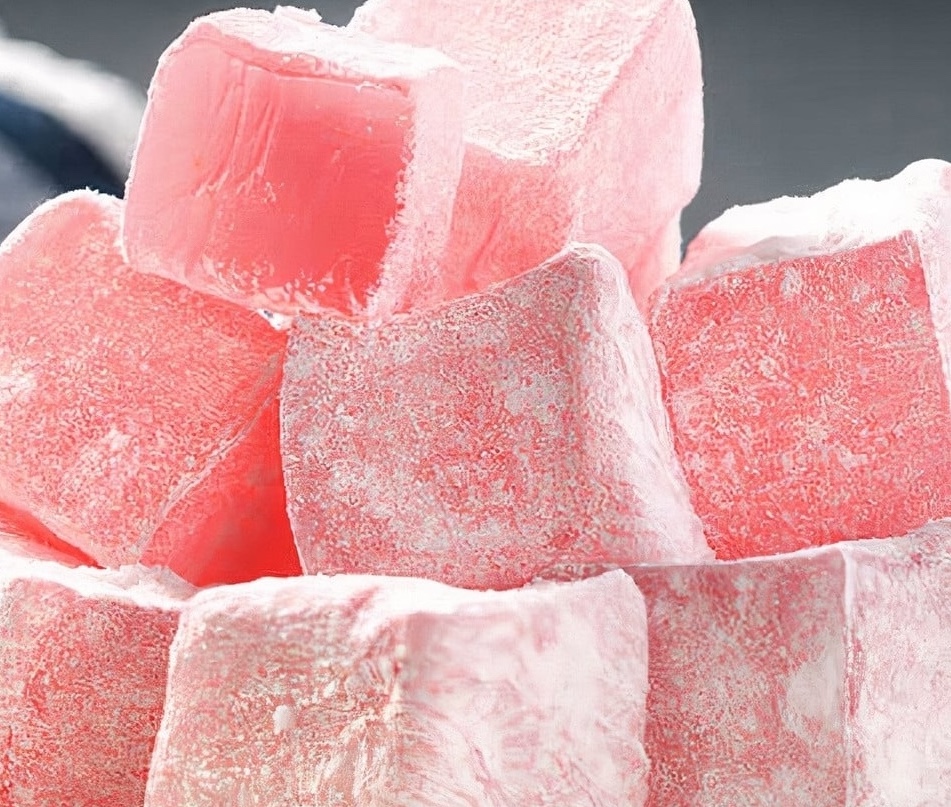
• Rose-Flavored Turkish Delight by Hazer Baba (Amazon): a lightly-flavored jelly candy. Not too sweet, and not chewy like a gummy bear, but solid and almost creamy in texture.
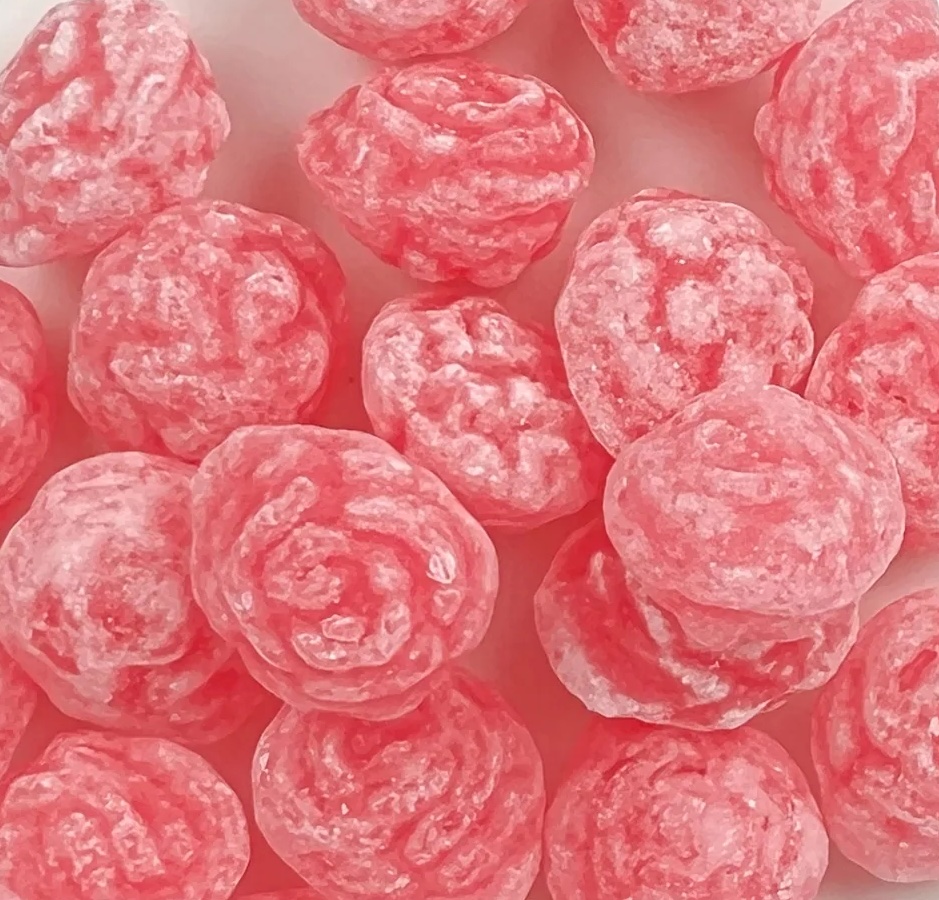
• Rose Candy Drops by Leone (Amazon): perfectly-sized hard candies for when you want just a touch of sweet rose flavor.
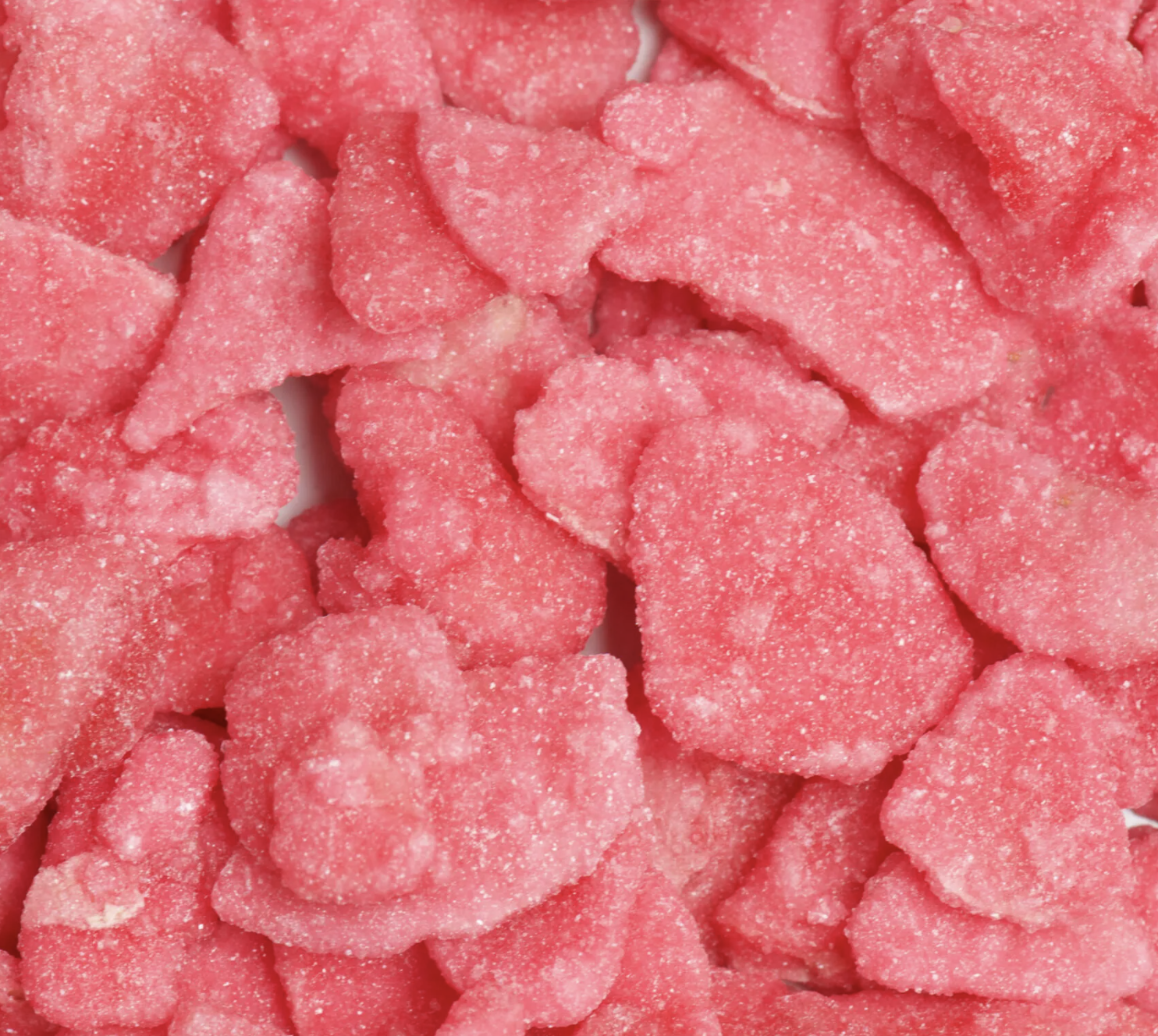
• Candied Rose Petals by India Tree (Amazon): why extract rose flavor if you can just coat rose petals in sugar?!? Candied rose petals are typically used as a garnish, but I sneak a few of these every time I use them to decorate cupcakes! 😉
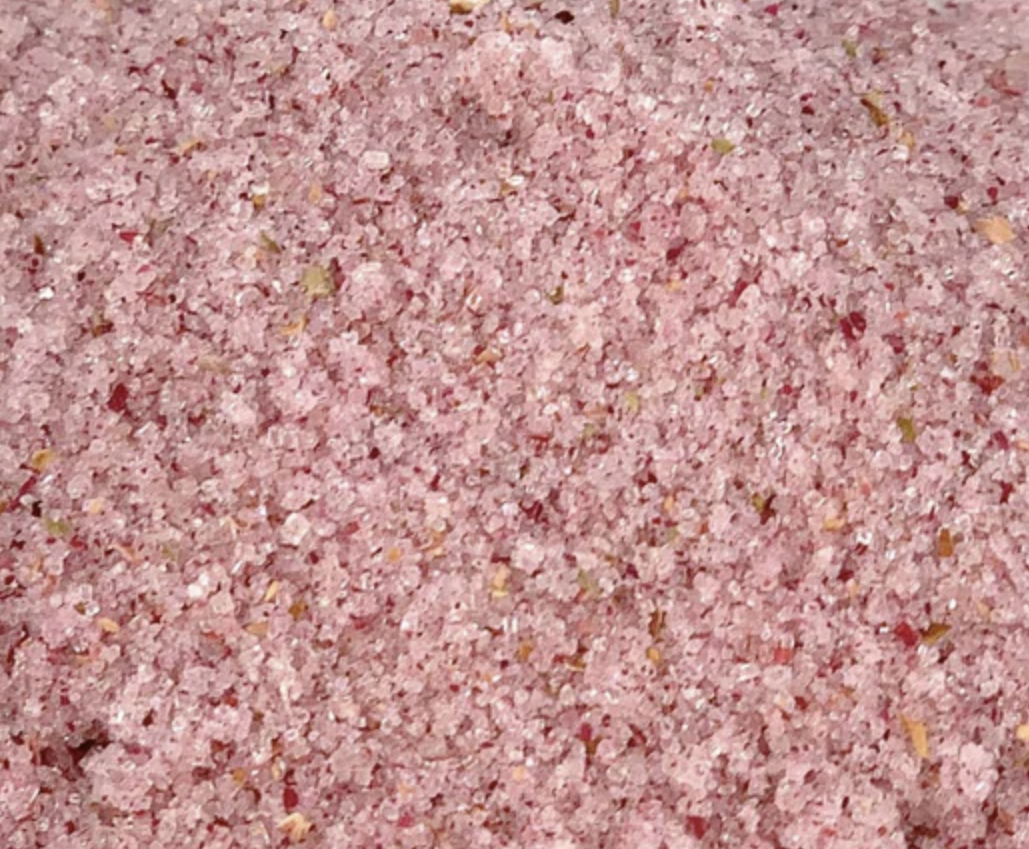
• Rose-Flavored Cane Sugar (Amazon): on the topic of baking, here's an easy way to add a touch of rose flavor to cakes or any recipe that calls for sugar.
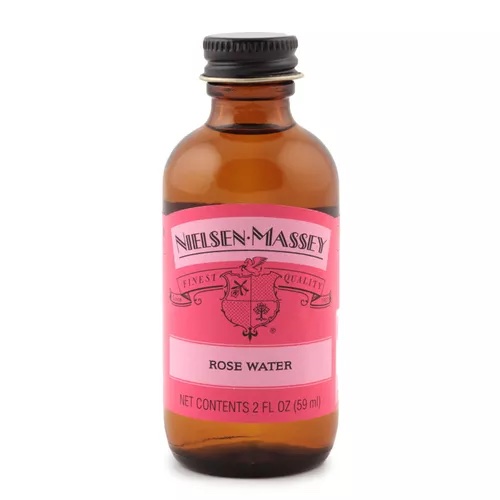
• Rose Water flavoring by Nielsen-Massey (Amazon): the classic way to add rose flavor (or scent!) to anything. I've had great success making my own rose-flavored gummy candy using rose water and this gummy-making kit!
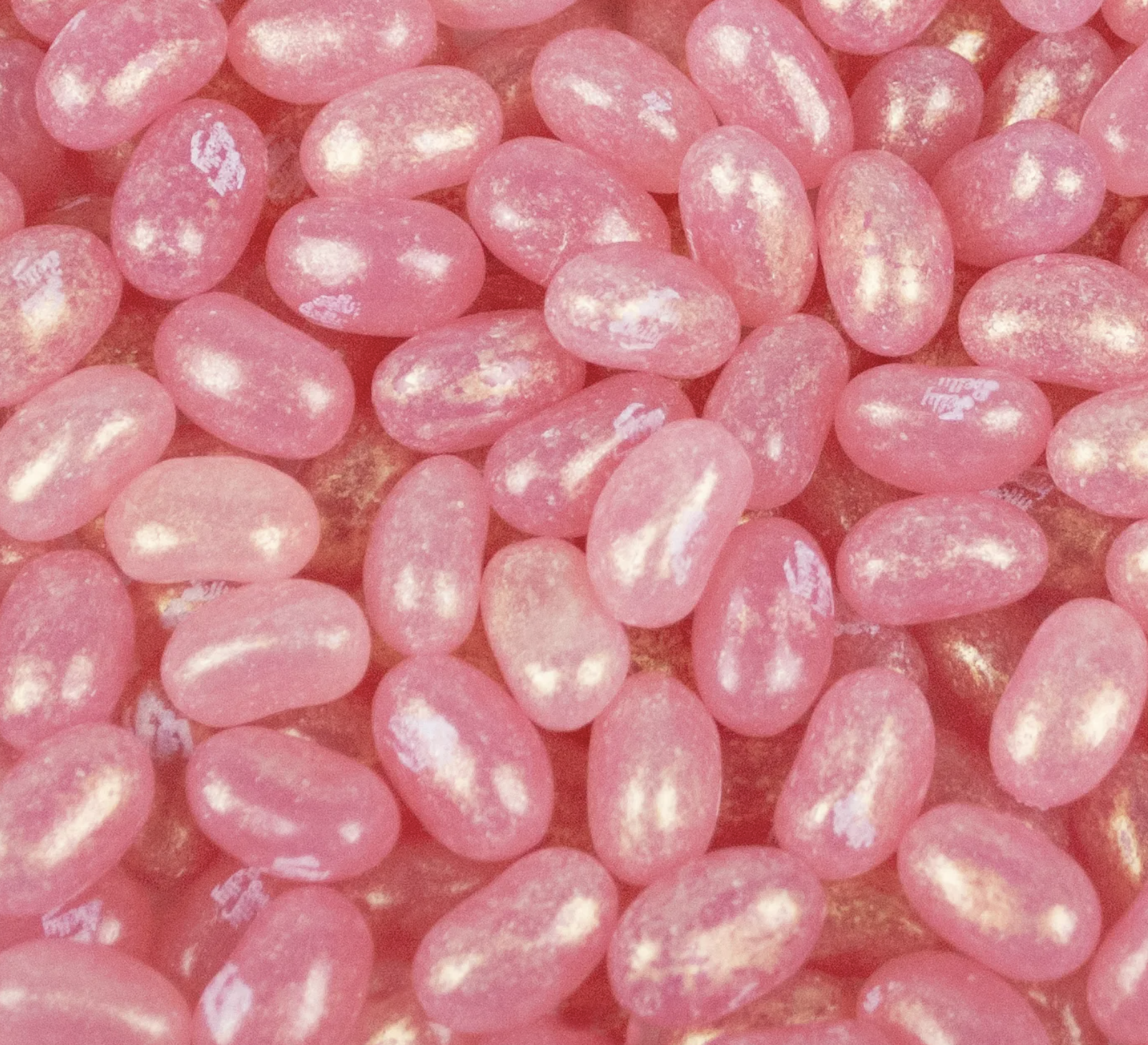
• Rosé Jelly Belly jelly beans (Amazon): adding these in case you were looking for rosé wine, not rose flowers! These non-alcoholic Jelly Bellies are NOT flavored like rose flowers, but they ARE flavored like rosé wine!
